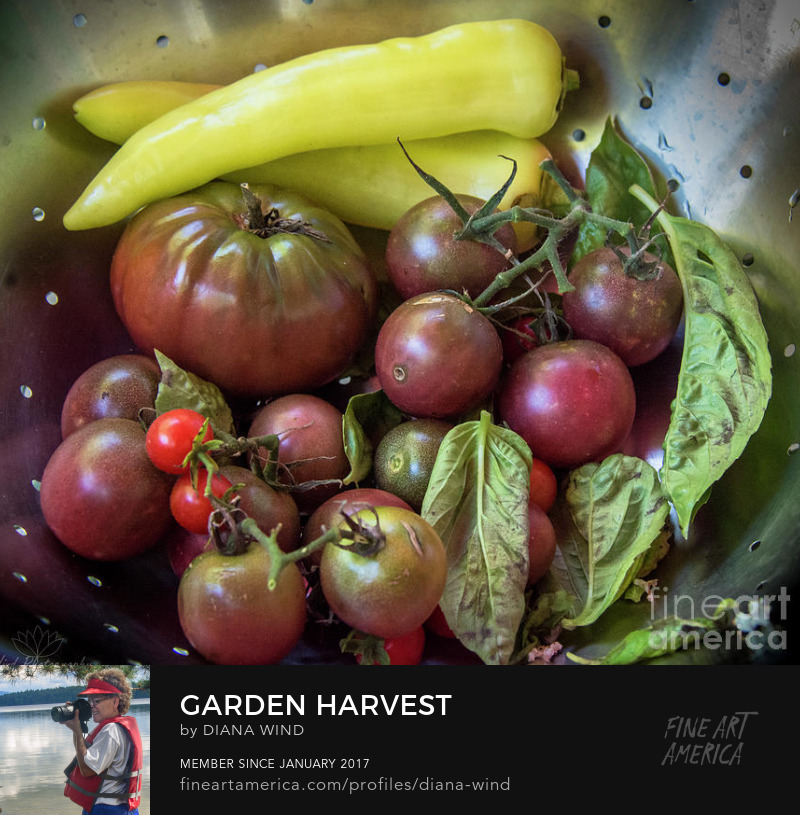Kennett Square
28th annual Mushroom Festival
The weather could not have been better for this weekends 28th annual Mushroom Festival held in the Mushroom Capital of the World - Kennett Square, PA. The festival is always the weekend after Labor Day. This year it was September 7th and 8th, 2013. All the years living in South Jersey (which is somewhat nearby), we have never gone to this festival. This was the year we finally made it. The gorgeous weather beaconed quite a crowd. We parked in a nearby lot and took a shuttle bus to and from the festival.  The mushroom fest had something for all ages, making it a fun way to learn more about mushrooms. My only wish was that there were more mushroom focused foods in the sea of "junk" food vendors that lined the main street. It would also be nice if there were more rules prohibiting vendors such as bathtub sales, which seemed out of place and was annoying to see at a public fair promoting food and agriculture.
The mushroom fest had something for all ages, making it a fun way to learn more about mushrooms. My only wish was that there were more mushroom focused foods in the sea of "junk" food vendors that lined the main street. It would also be nice if there were more rules prohibiting vendors such as bathtub sales, which seemed out of place and was annoying to see at a public fair promoting food and agriculture.Antique and classic cars lined a neighboring street, attracting visitors near the culinary event tent.
The shiitake mushroom farm tour we planned to go on was sold out by the time we got there to get our tickets. We regretted not purchasing our tickets before eating lunch; however, we didn't regret ordering portobello burgers and mushroom soup at the Kennett Square Inn. Harry was amazed at how meaty a vegetarian portobello mushroom burger tastes.
I'm sure another sell out was on Sunday to see Carla Hall, co-host of The Chew and former Top Chef contestant.
Missing the farm tour allowed us time to stroll through the culinary event tent just in time to see Chef Jack Mavraj, owner/chef of La Verona Italian Cuisine and Bar, who cooked one of his menu items - braised beef short ribs and mushroom hand made agnolotti (stuffed pasta similar to ravioli) with an exotic mushroom beef broth using a demi-glace reduction and truffle butter imported from Italy.
Chef Mavraj was surrounded by a display of gourmet mushrooms that included Maitake (Grifola frondosa), Shiitake (Lentinula edodes), Portobello and Golden Oyster (Pleurotus citrinopileatus). We made note of his Kennett Square restaurant, LaVerona, located at 114 East State Street and look forward to dining there next time in Kennett Square.
Related Links
Mushroom Festival
Unusual and Interesting Facts about Mushrooms
Mushroom Council
Types of Mushrooms
Blog post and photos Copyright (C)2013 Wind. All rights reserved.

.JPG)
































